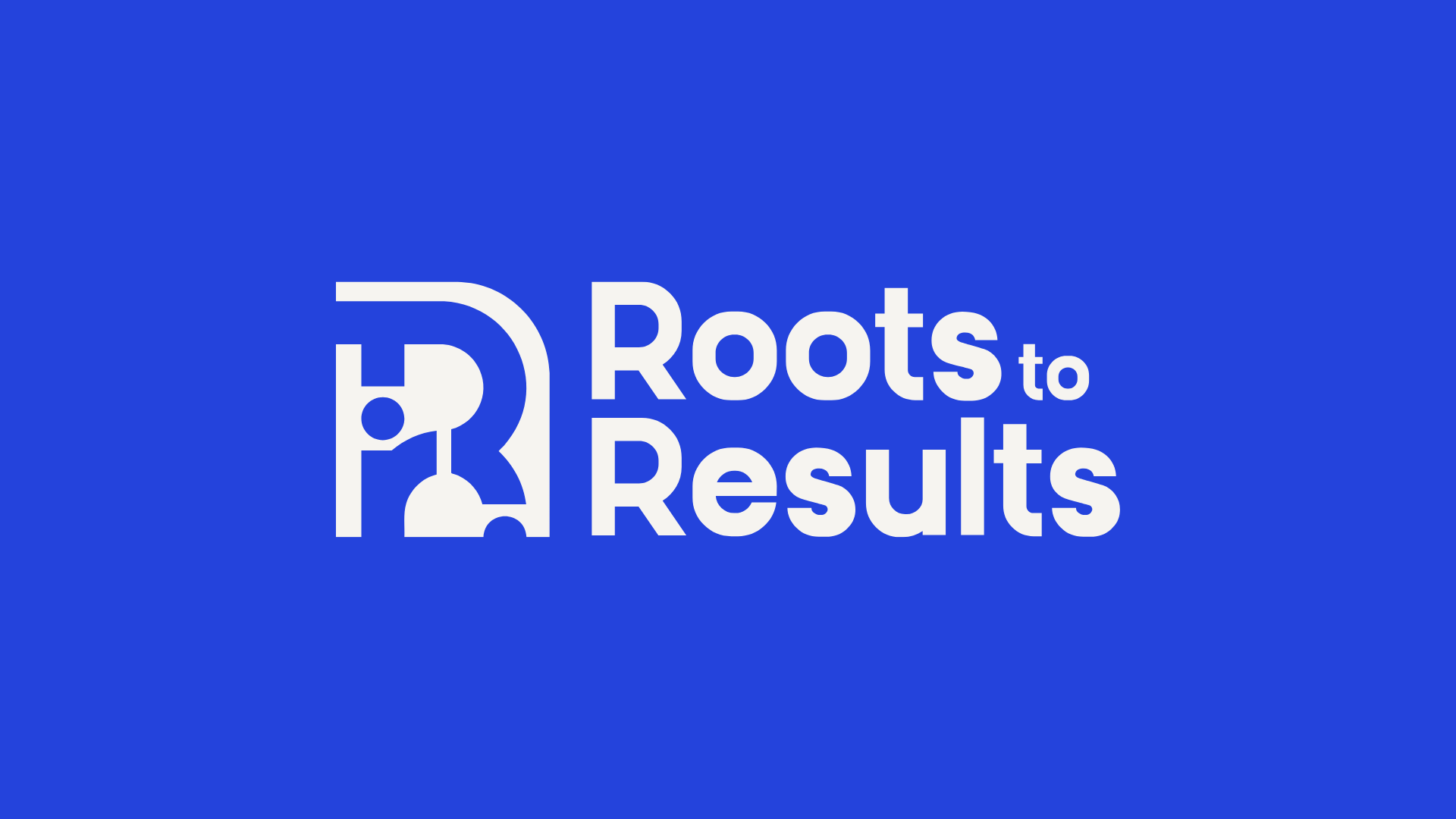The Ideal Relational Organizing Campaign Timeline with Roots To Results
- Roots to Results Staff

- Sep 24
- 2 min read
Updated: Oct 3

When it comes to political campaigns or issue-based advocacy, timing is everything. At Roots To Results, we specialize in relational organizing—using authentic community voices to amplify your message, build momentum, and drive turnout. The most successful campaigns start early, giving us time to model, test, and mobilize local leaders who will carry your message all the way to Election Day.
Here’s the ideal relational organizing campaign timeline we recommend for candidates, causes, and advocacy organizations.
Phase 1:
Early Engagement & Relational Organizing Campaign Modeling
(January – February)
Strong campaigns start with strong data. By mid-January, we begin working with advanced AI tools to model the digital organizing campaign’s geography, identify target demographics, and perform sentiment analysis. This gives us a data-driven roadmap to understand where opportunities exist and how to position the campaign for success.
Phase 2:
Building the Information Landscape
(Late February – March)
We then gather on-the-ground data to map the information ecosystem of the campaign. This step is crucial for spotting trends, testing messages, and identifying influential community voices. From here, we begin selecting potential local leaders—trusted messengers who can speak authentically to their peers.
Phase 3:
Engaging & Training Local Leaders
(March – April)
Our strength is relational organizing—activating people who already have influence in their communities. In this phase, we recruit local leaders, provide training, and plan out their video content in alignment with the campaign’s communication goals.
Phase 4:
Primary Campaign Launch
(May – June)
Starting in early May, we roll out video content timed to key cultural moments like Mother’s Day and spring events. Videos run consistently through the primary election, creating a chorus of authentic voices across digital platforms. This builds an organic groundswell of support and often drowns out opposition messaging.
Phase 5:
Reset & Refocus for the General Election
(July – August)
Once the primary is won, we update our model for the general election. That may mean expanding geographic reach, shifting demographics, or refining messaging themes. Then, the cycle begins again—recruiting, training, and scheduling local leader content to carry the message through the summer months.
Phase 6:
Momentum Building & GOTV
(September – November)
As fall begins, the volume of content increases. Videos are released at a steady cadence through September and October, building momentum and shaping the narrative. Finally, in the last three days before Election Day, we execute a Get Out the Vote (GOTV) strategy—a surge of authentic, community-led content that translates energy into turnout.
Why This Timeline Wins
This approach works because it blends AI-powered campaign strategy with authentic grassroots communication. Roots To Results helps campaigns build durable, people-powered movements that drive voter engagement, boost turnout, and win elections.


Comments